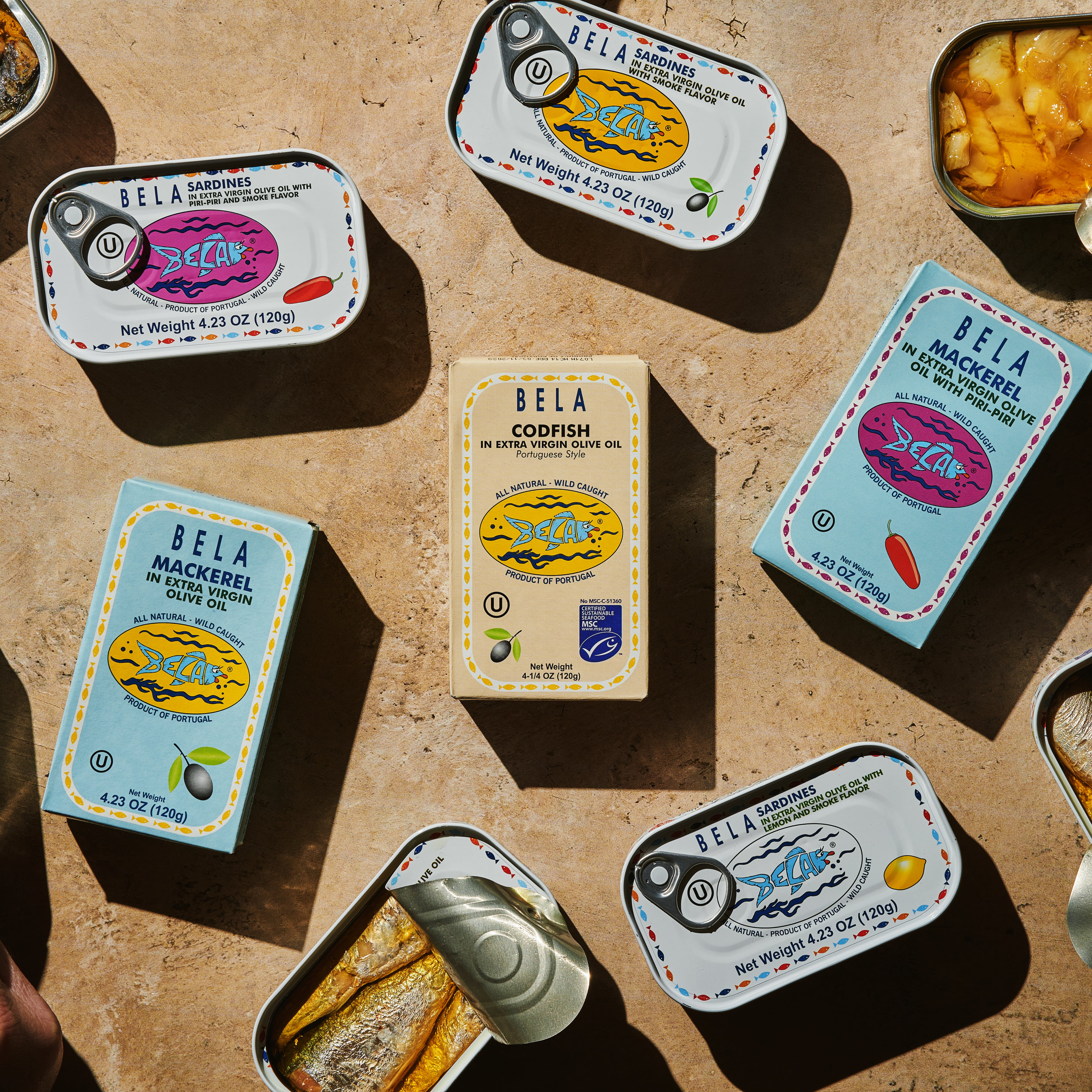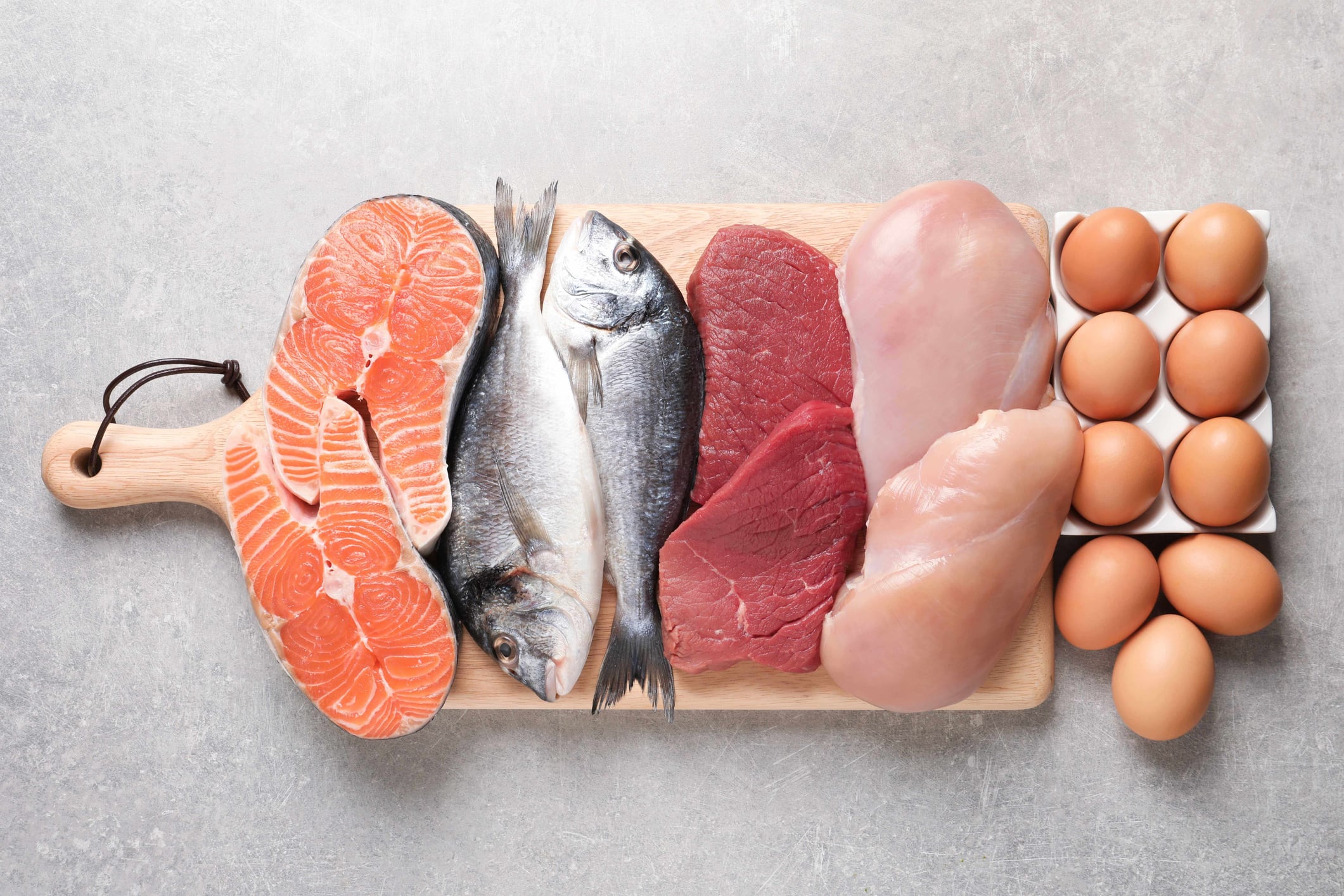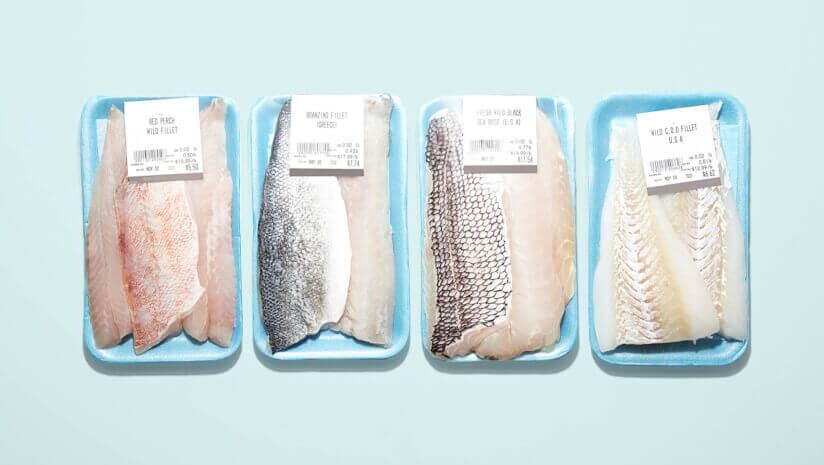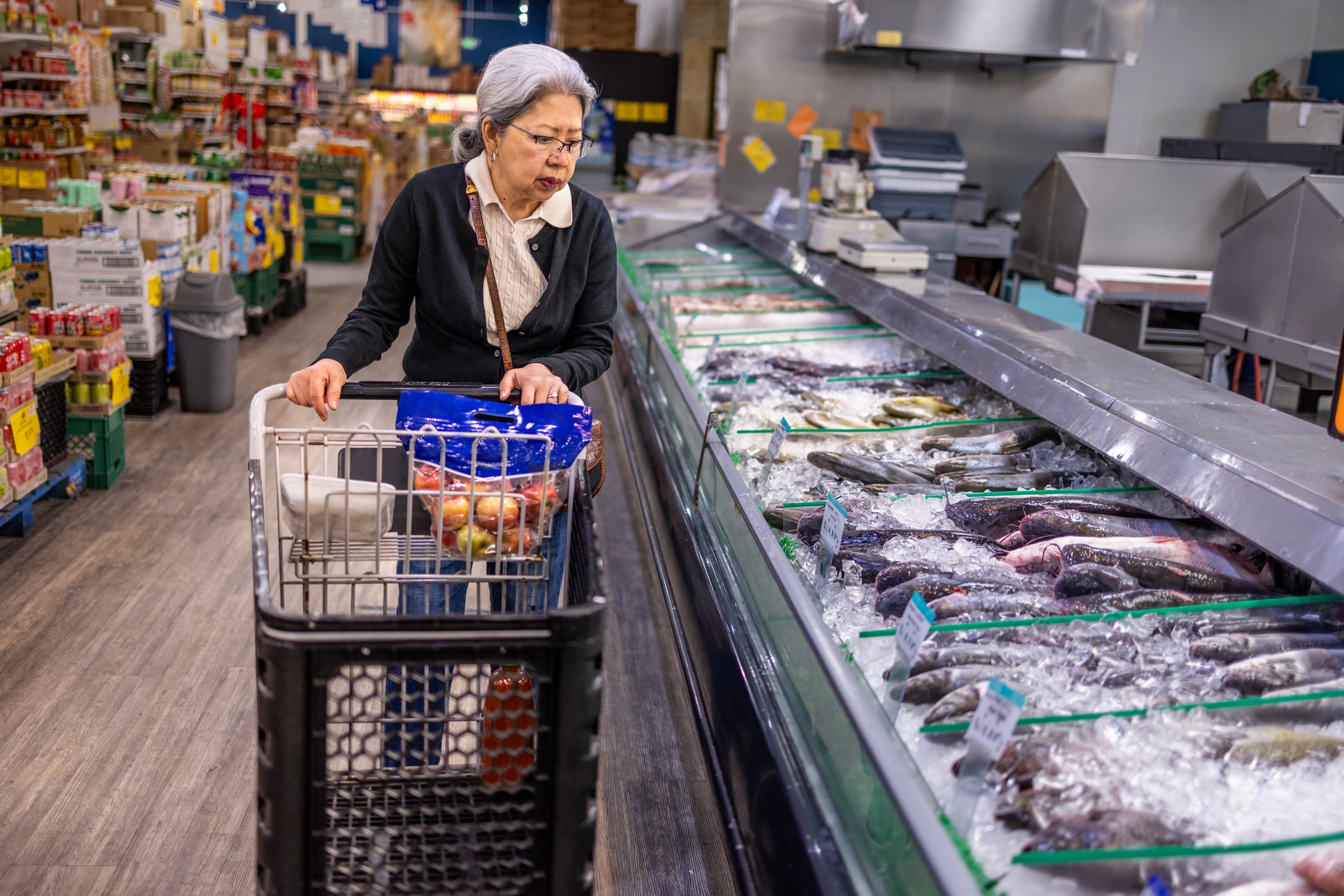Bela Brand Seafood refreshes its image after 28 years with a revamped website and Amazon presence, aiming to stand out in the competitive canned fish market through bold branding, sustainability storytelling and expansion beyond grocery stores.
During the pandemic when “tinned fish” soared on social media, the phrasing illustrated an exclusivity and pretentiousness that Bela intended to avoid, according to the brand’s Founder Joshua Scherz.
Rather, part of the brand’s refresh was introducing new taglines – “Everyone’s Welcome to the Table” and “Fish is Family” – to reinforce Bela’s messaging as an accessible brand for all, Scherz said.
The taglines “are a reminder that food, especially tinned fish, should be inclusive and bring people together. In a crowded market where brands can lean into trends and exclusivity, we are choosing to stay true to our roots and continue to offer high-quality, sustainably sourced seafood that is meant to be shared and enjoyed by everyone,” he added.
Bela’s wild-caught sardines, mackerel and codfish are sourced from Portugal and packaged in extra virgin olive oil and spices, like piri piri pepper, for its mackerel and sardines. The decision to add the piri piri pepper to the flavor lineup was driven largely by consumer feedback, which initially focused on hot sauce and cayenne pepper. According to Scherz, the piri piri pepper is now the brand’s fastest-growing SKU. Bela’s tinned fish retail from $5 to $7 per tin, according to the company’s website.
The brand cites its product development as “rooted in a deep respect for tradition, specifically the centuries-old Portuguese methods that influence our flavors and commitment to hand-packing every tin in organic extra virgin olive oil,” in addition to sourcing its fish from Marine Stewardship Council-certified fisheries, Scherz said.
Revamped website and Amazon presence to drive brand loyalty
For nearly 30 years, Bela remained on grocery shelves which has helped build the company’s reputation, but expanding its online presence will provide more visibility and meet consumers “where they are,” Scherz said.
“We have never had a direct-to-consumer platform before, and as e-commerce continues to grow, we saw a huge opportunity to connect more directly with the people who love our tinned fish,” he said.
Bela’s website provides a “smoother, direct-to-consumer experience” making it easier for consumers to shop, Scherz said.
Launching on Amazon was also a strategic move to be more accessible and provide a platform for more consumer feedback, he added.
The tinned fish market, valued at $37.7 billion in 2023, is projected to grow to $63.64 billion by 2032. Online shopping and direct-to-consumer channels are driving this expansion, as consumers increasingly seek convenient, healthy options. These channels enable brands to boost sales, improve customer engagement and expand their market presence.
Sourcing methods serve as a storytelling touchpoint
The company’s sourcing initiatives is part of its storytelling across its website, Amazon store and social media channels.
“We are making sure that the digital journey reflects the same care and attention to detail that goes into our products. So, while the platform will be easier to navigate, the soul of Bela – our values of community, inclusivity and our commitment to quality and sustainability – will remain at the forefront,” Scherz said.
“If sustainability is truly at the heart of your brand, it has to be reflected in every step of your supply chain, from sourcing to production,” he said, adding that as a family-owned company, Bela’s partnerships with like-minded producers may be more costly upfront, “but worth it for the long term.




